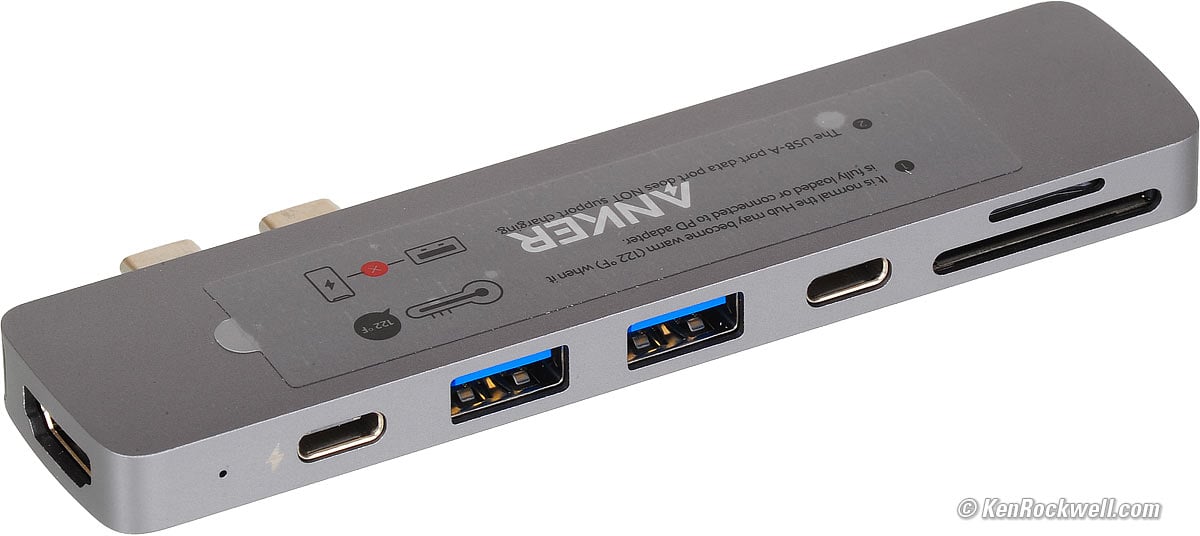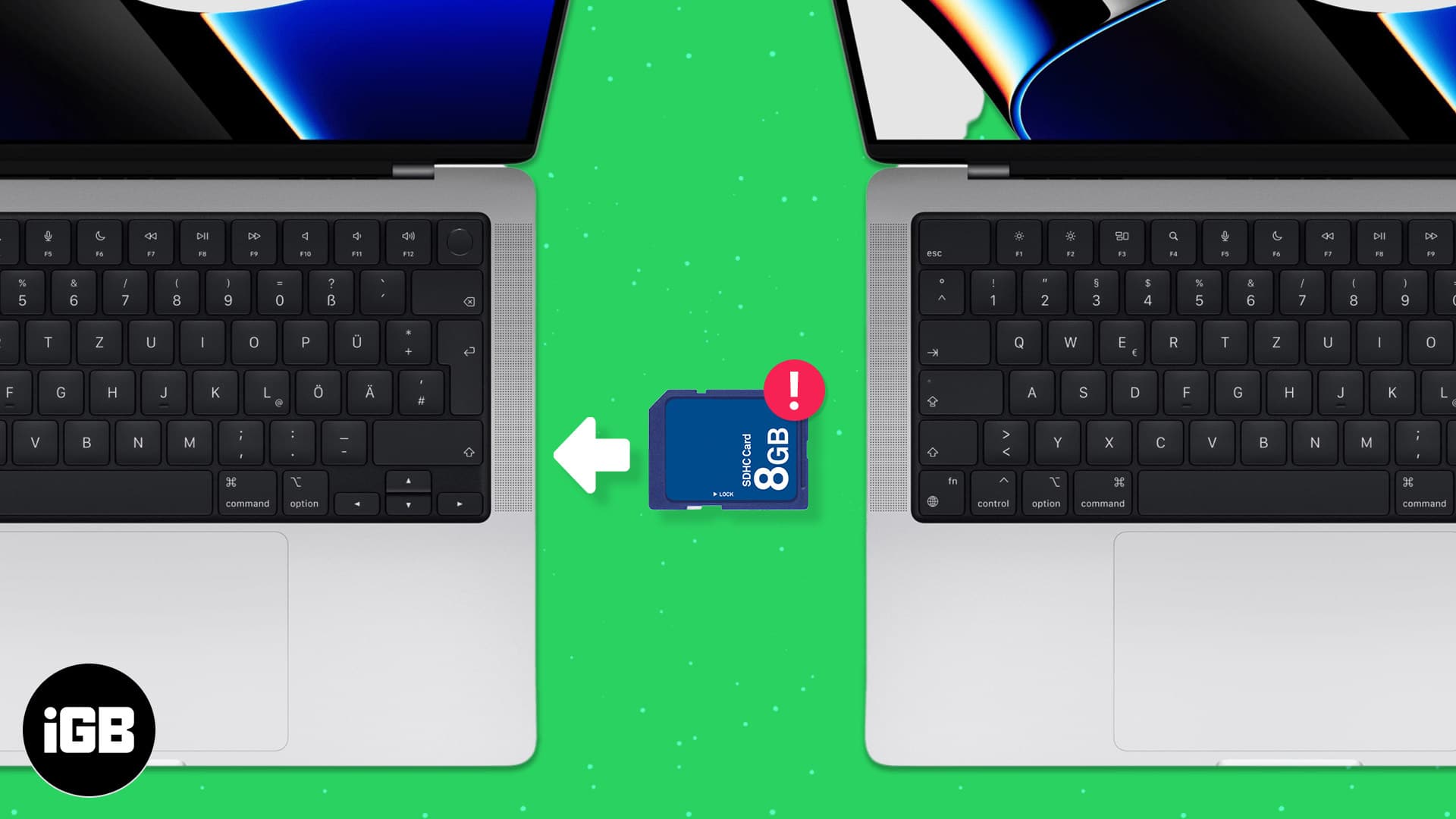

One interesting note about the automatic switching: Any application that uses the required frameworks can trigger a switch from integrated to discrete graphics.Īlso new is the support for inertial scrolling on the Multi-Touch glass trackpad. Previously, a user had to decide which graphics to use and switching between them required logging out and back into OS X. Not only are the graphics processors new to these systems, there’s also a new automatic graphics switching technology developed by Apple that looks for frameworks used by individual apps at launch (such as OpenGL and Core Animation) to decide when to seamlessly switch from its energy-sipping integrated graphics to the higher-powered discrete graphics processor. But for applications that require more horsepower, the system can use its discrete Nvidia GeForce GT330M graphics, with 256MB of dedicated graphics memory.

The new models can use Intel HD integrated graphics (which shares 256MB of main memory with the CPU) for general-use applications, like iTunes, Mail and Safari. The desktop Core i5 does not support Hyper-Threading, though the mobile version does.Īll 15-inch MacBook Pros now offer both integrated and discreet graphics- previously, the entry-level 15-inch MacBook Pro had only integrated graphics.

The mobile versions of the Core i5 and i7 used in the MacBook Pro differ from the desktop version found in the 27-inch iMac, which has four physical processing cores. Turbo Boost can increase the clock speed of the 2.4GHz Core i5 processor up to 2.93GHz, for example. Another i5/i7 technology, Turbo Boost, allows the processor to speed up for a short period of time when necessary, or shut down unused cores and give the resources to the cores in use. The processors have dual cores, but OS X treats them as having four cores. The Core i5 and i7 processors have a few interesting performance features, including Hyper-Threading, which uses virtual cores to double the amount of processing cores presented to the operating system. The new 15-inch MacBook Pro models drop the Intel Core 2 Duo processors (used in Apple’s laptop line since late 2006) in favor of Intel’s Core i5 and Core i7 mobile processors. See Macworld’s 13-inch MacBook Pro review What’s new? At the top of the line sits a $2199 model with a 2.66GHz Core i7 processor and a 500GB drive its $2299-predecessor had a 2.8GHz Core 2 Duo model with 4GB of RAM, and a 500GB hard drive. The next step up the line is a $1999 system with a 2.53GHz Core i5 processor and a 500GB hard drive, which takes the place of a $1999 2.66GHz Core 2 Duo-based system with 4GB of RAM, dual graphics, and a 320GB hard drive.
MACBOOK PRO MEMORY CARD SLOT SLOWER THAN USB 3.0 ADAPETER PC
The SanDisk ImageMate PRO USB-C Multi-Card Reader works with your PC or your Mac computer.The $1799 entry-level system comes with a 2.4GHz Core i5 processor and a 320GB hard drive it replaces a $1699 model with a 2.53GHz Core 2 Duo processor, 2GB of RAM, a 250GB hard drive, and integrated graphics only. The SanDisk ImageMate PRO USB-C Multi-Card Reader features a USB 3.0 interface that can move content up to 10x faster than a USB 2.0 interface when used in a USB 3.0 port, but it also works with USB 2.0 ports. With transfer speeds of up to 312MB/s for SD and microSD and up to 160MB/s for CompactFlash cards, the SanDisk ImageMate PRO USB-C Multi-Card Reader offers pro-level performance for a more efficient workflow. It also works with CompactFlash cards up to UDMA 7.įast Transfer Speeds for Improved Workflow Whether your card is a UHS-II, UHS-I or non-UHS SD or microSD card, the SanDisk ImageMate PRO USB-C Multi-Card Reader has it covered. The SanDisk ImageMate PRO USB-C Multi-Card Reader works with most popular card formats, including: SDHC and SDXC, microSD, and CompactFlash. Plus, it is backwards-compatible with USB 2.0, making it a great choice for a more efficient workflow. The reader also features a USB 3.0 interface that can move content up to 10x faster than a USB 2.0 interface - so you can get to your photos fast. It delivers high performance speeds of up to 312MB/s for SD and microSD, and up to 160MB/s for CompactFlash cards.

The SanDisk ImageMate PRO USB-C Multi-Card Reader/Writer works with SD and microSD cards (UHS-II, UHS-I and non-UHS) as well as CompactFlash cards (up to UDMA 7). Pro-level performance to move photos fast


 0 kommentar(er)
0 kommentar(er)
